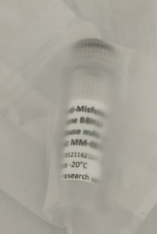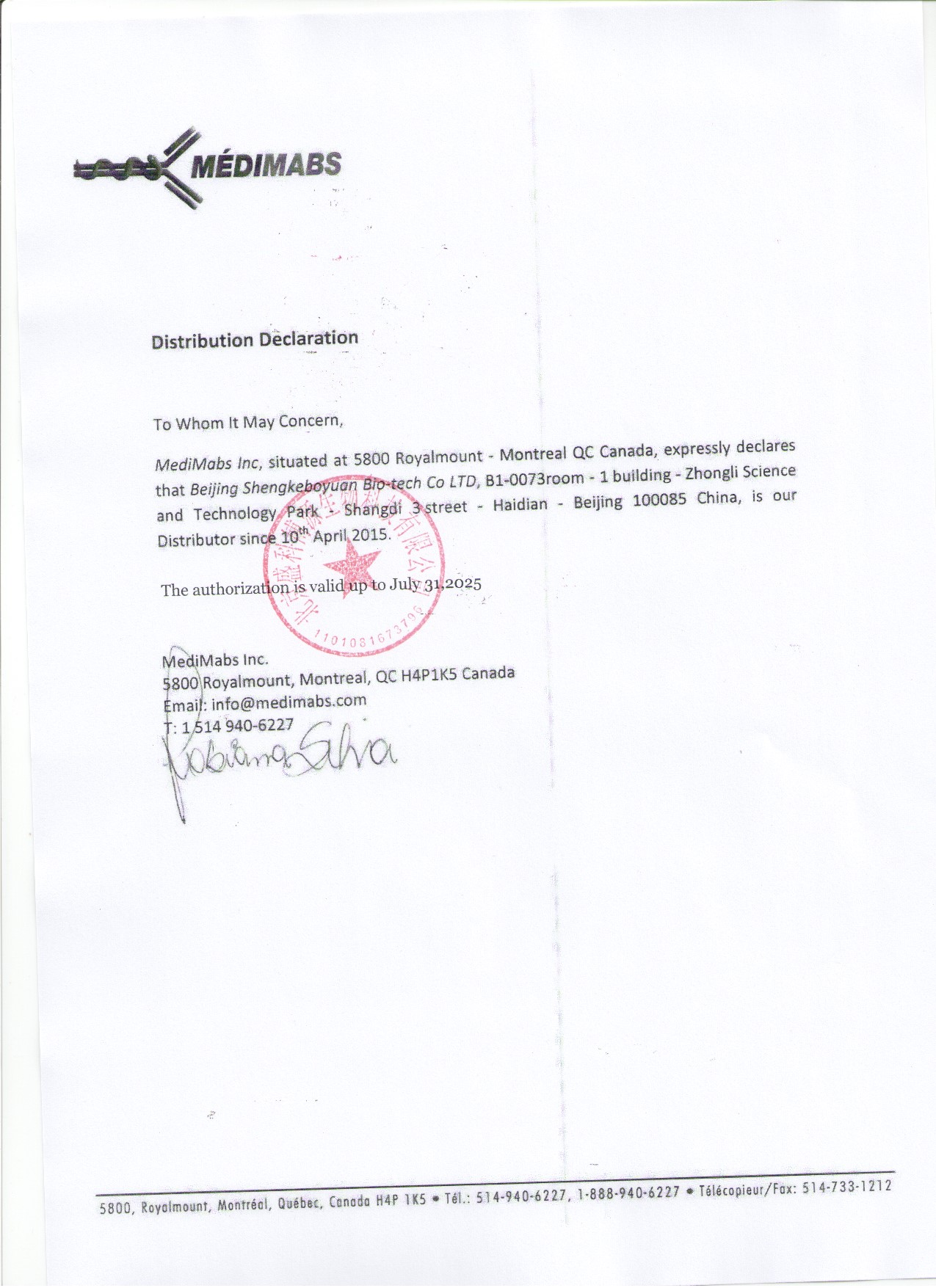 首页>
生物试剂
首页>
生物试剂
商家描述
商家资质信息
产品评价(0)
Target
Amyloid precursor protein cleaved by caspase-6
Target background
Amyloid precursor protein (APP) functions as a cell surface receptor in the synapses of neurons and is implicated in neurite growth, neuronal adhesion, axonogenesis and cell mobility. APP is known as the precursor molecule whose proteolysis generates beta amyloid. Defects in APP are the cause of Alzheimer’s disease type 1 and of amyloidosis cerebroarterial. Caspase activation has been found to have a central role in neuronal death and chronic neurodegenerations such as Huntington’s, Parkinson’s and Alzheimer’s diseases. Proteolytic cleavage of specific substrates has also been demonstrated to be an important cellular event in the pathogenesis of AD and inhibition of cleavage of APP by caspase-6 was demonstrated to suppress synapse loss, dentate gyral atrophy, and memory loss.
Immunogen
ISEVKMD peptide
Specificity
The antibody recognizes the sequence (ISEVKMD) in Amyloid precursor protein (APP).
Clone ID
---
Preservative
None
Format
Lyophilized serum
Recommend starting dilution
If reconstituted with deionized water in 50 µl: WB 1: 5000. Optimal dilution has to be determined by the user.
Limitations
Research Use Only
Storage
Lyophilized antibodies can be kept at 4ºC for up to 3 months and should be kept at -20ºC for long-term storage (2 years). To avoid freeze-thaw cycles, reconstituted antibodies should be aliquoted before freezing for long-term (1 year) storage (-80ºC) or kept at 4ºC for short-term usage (2 months). For maximum recovery of product, centrifuge the original vial prior to removing the cap. Further dilutions can be made with the assay buffer. After the maximum long-term storage period (2 years lyophilized or 1 year reconstituted) antibodies should be tested in your assay with a standard sample to verify if you have noticed any decrease in their efficacy. To limit antibody loss or degradation, BSA (final concentration 1%) and sodium azide (final concentration 0.02%) can be added to the suggested first dilution. It is important to first verify if those preservatives are compatible with your assay.
 会员登录
会员登录.getTime()%>)
 购物车()
购物车()

 成功收藏产品
成功收藏产品
